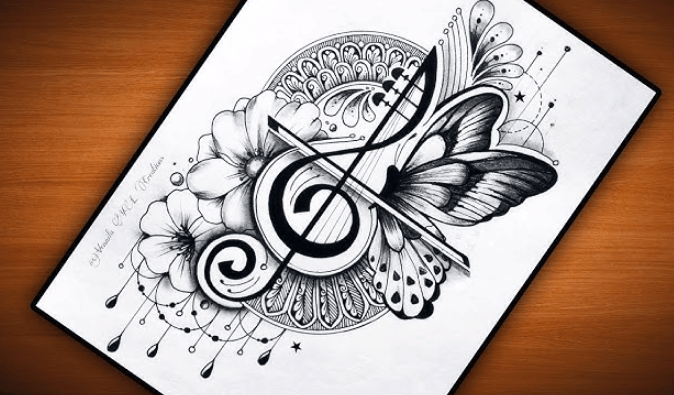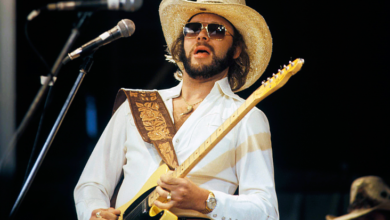The Art of Music: A Journey Through Harmony and Creativity

Music, often described as the universal language, can transcend cultural boundaries and connect people from all walks of life. It’s an art form that blends creativity, emotion, and technical skills to create experiences that can move, inspire, and transform. The art of music is not just about producing sound; it’s about crafting harmonies, telling stories, and expressing the deepest human emotions.
The Essence of Music: Harmony and Creativity
At its core, music is the art of arranging sounds in time to produce a composition that is pleasing to the ear. This involves a delicate balance between harmony and creativity. Harmony combines musical notes played or sung simultaneously to produce a pleasing sound. It’s the backbone of music, providing the structure that supports melodies and rhythms.
Creativity, on the other hand, is what makes music unique. The artist can think outside the box, to experiment with different sounds, and to push the boundaries of what’s possible. Creativity in music can take many forms, from innovative compositions and unconventional instrument use to the blending of different genres and cultural influences. It keeps the music fresh and exciting, constantly evolving with the times.
The Role of Emotion in Music
One of the most powerful aspects of music is its ability to convey emotion. Music can express what words alone often cannot, whether it’s the joyous energy of a lively pop song, the melancholy of a blues ballad, or the tension of a suspenseful movie score. Composers and musicians use various techniques to evoke specific emotions in their listeners, such as changing a piece’s tempo, key, or dynamics.
For many people, music serves as a form of emotional expression. It allows artists to channel their feelings and experiences into their work, creating a deeply personal connection with their audience. This emotional connection is one of the reasons why music profoundly impacts our lives, influencing our moods, memories, and even our behaviors.
Read also Getting around Saudi Arabia: Your Transportation Guide
The Intersection of Technology and Music
In the modern era, technology has become an integral part of the art of music. From the invention of the phonograph to the development of digital audio workstations, technological advancements have revolutionized how music is created, recorded, and consumed. Today, artists have access to a wide range of tools that allow them to experiment with new sounds and techniques, creating entirely new genres and styles.
Moreover, technology has democratized music production, making it accessible to a broader range of people. With a laptop and some basic software, aspiring musicians can produce high-quality recordings from the comfort of their own homes. This has led to an explosion of creativity in the music industry, with more diverse voices and perspectives being heard than ever before.
Music as a Cultural Reflection
Music has always reflected the culture in which it was created. Throughout history, it has been used to express societies’ values, beliefs, and struggles. From the spirituals sung by enslaved African Americans to the protest songs of the 1960s, music has been a powerful tool for social and political expression.
Conclusion
The art of music is a dynamic and ever-evolving form of expression that touches every aspect of our lives. It is a harmonious blend of creativity, emotion, and cultural reflection that can move, inspire, and bring us together. As technology continues to shape the future of music, one thing remains certain: the art of music will continue to thrive, offering endless possibilities for those who dare to explore its depths.



